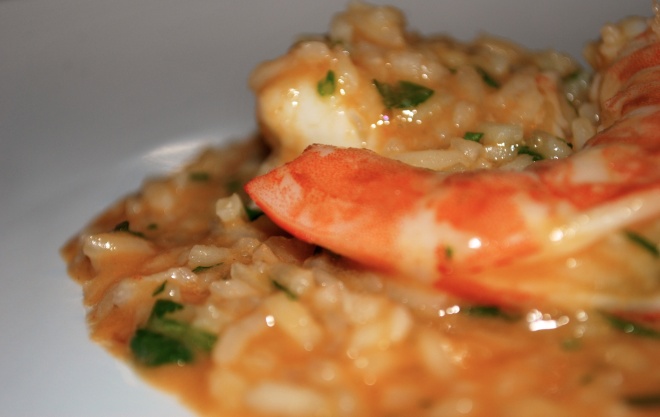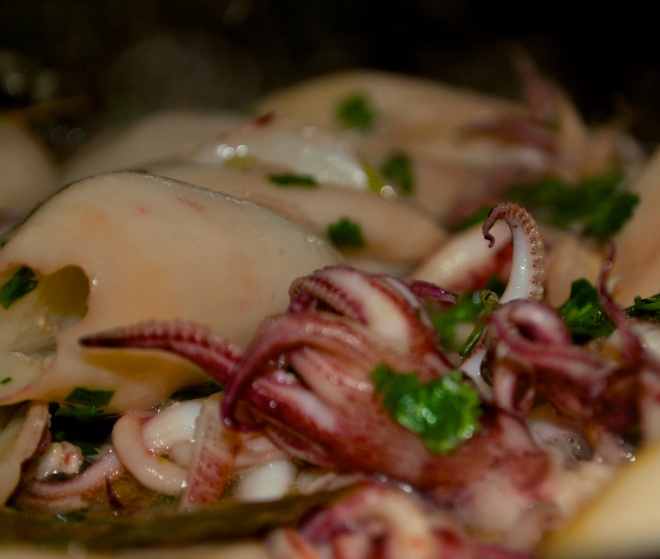If you struggle to see the Portuguese connection in this recipe let me explain… This recipe is admittedly a hybrid with Portuguese and Italian influence but it does go back to using nuts, specifically chestnuts in season in the Autumn to provide substance, flavour and overall goodness to meats and vegetables. Here, chestnuts are replaced by peanuts with soft shell (it’s all about the shell!). If in Portugal use cured Queijo da Serra but Parmesan is a good substitute (with apologies to all the goof folks from Parma, Reggio Emilia). If in season use ‘miscaros” instead of Shitake mushrooms.
1 bunch of runner beans split in half lengthways
2 tbsp of peanuts with soft skin (untreated nor flavoured)
2tbsp chopped parsley
1 cup of finely sliced shitake (or miscaros)
1 clove of garlic
2 tbsp grated cured queijo da serra or parmesan
1 tsp bicarbonate soda
1 tbsp olive oil
1 tbsp butter
Salt and pepper
- Boil the runner beans in salted water and add bicarb soda after you put the beans in and the water comes back to the boil. Cook until tender but do not overcook (5 minutes should do it).
- While the beans are cooking , toast the peanuts on a shallow frying pan
- Rinse the beans in cold water in a colander to stop overcooking.
- In a mortal and pestle grind the garlic with a little salt, peanuts, parsley and grated cheese.
- Shallow fry the mushrooms in the olive oil on high heat, add salt and pepper when they start browning.
- Add the butter to the mushrooms, add the runner beans and two thirds of the mortar and pestle mixture, warm through.
- Serve with the rest of the mortar and pestle mix on top, shaved cheese. black pepper and a drizzle of olive oil.
Serves 1









